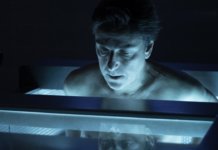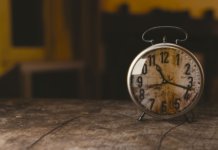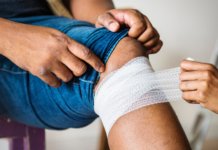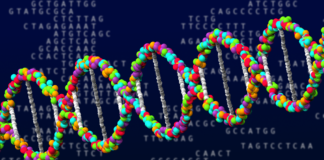Measuring aging: what is your physiological age?
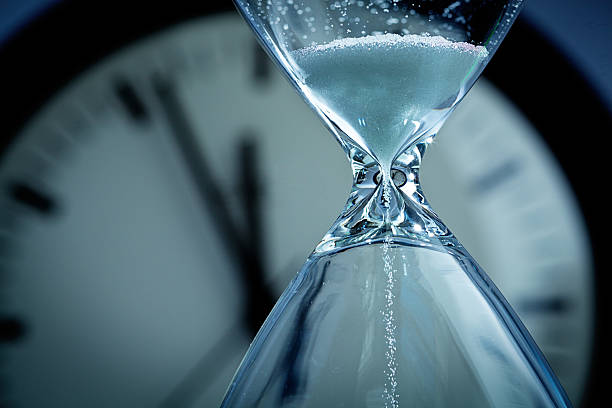
Physiological age, a measure of aging
Physiological age and chronological age are two different things. Chronological age is determined from the date of birth, and despite what we might think, it does not reflect our “real” age. Our physiological age, also called biological or functional age, is the one that shows the real biological state of a person.
The physiological age of a person can be higher or lower than their chronological age, since aging is not only limited to time, but is in fact a complex process with multiple causes. The evolution of aging can be modulated by internal as well as external factors: genetics, diet, environment, mental health… Knowing your physiological age allows you to better understand the life patterns that have an impact on aging, which in turn allows us to act accordingly to limit its effects.
![]()

Measuring aging: towards a new field of metrology
Metrology is the science of measurements. The metrology of aging concerns any technique that allows to determine the degree and speed of aging of an individual. It can mean identifying and quantifying biological and genetic markers, checking physical capabilities, or observing the physical signs linked to aging.
Although the metrology of aging has not yet reached its peak, many techniques already allow us to determine the physiological age of an individual.
![]()
What are the different methods for measuring aging?
Sometimes, these methods are hardly innovative and are based on well-known scientific facts that are well recognized within the scientific community. They go from the simplest study of a person’s body to the detailed analysis of many physical capabilities and biological traits (Cartographie Physiologique®, Daniel Belsky’s 18 markers…) Many others are real scientific revolutions and call upon technologies that allow the precise identification and measurement of biomarkers that are specific to aging (telomere length, XRGenomics®, DNA methylation levels…) Each has its pros and cons, this review compares the existing methods of aging metrology.
![]()
All our articles on the Metrology of Aging
Measuring aging: what is your biological age?

Measuring our biological age and take consistent dispositions to avoid it, it’s a dream come true !
Part 1: Measuring aging: Cartographie PhysiologiqueⓇ
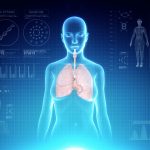 This method to measure aging and physiological age measures the many physical and biological characteristics that were definitely linked to the aging process (cholesterol levels, unipedal stance test, central obesity…)
This method to measure aging and physiological age measures the many physical and biological characteristics that were definitely linked to the aging process (cholesterol levels, unipedal stance test, central obesity…)
Part 2: Measuring aging: the eighteen markers of Duke University

This method follows the decline of many organic systems (cardiovascular, lungs, kidneys, liver, teeth, and immune system) by quantifying 18 markers for chronic diseases linked to aging. This technique was developed by a research team from Duke University, under the supervision of Dr. Daniel Belsky.
Part 3: DNA methylation, a promising lead towards the measure of aging?
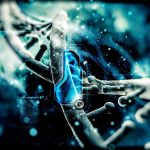 DNA methylation levels grow with the number of divisions a cell undergoes. The number of cell divisions grows with time. Therefore, measuring the methylation of DNA helps to quantify aging. Treating DNA with bisulfites allows to convert non-methylated cytosines into uraciles, so the methylated cytosines can easily be identified. We deduce a physiological age from their numbers.
DNA methylation levels grow with the number of divisions a cell undergoes. The number of cell divisions grows with time. Therefore, measuring the methylation of DNA helps to quantify aging. Treating DNA with bisulfites allows to convert non-methylated cytosines into uraciles, so the methylated cytosines can easily be identified. We deduce a physiological age from their numbers.
Part 4: Telomeres, at witnesses of the physiological age, as a tool to measure aging
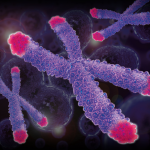 Telomeres can be found at the end of our chromosomes, and get shorter with age. There are many techniques to measure their length (TRFs, Q-Fish, qPCR, STELA…) based on the Southern Blot principle, PCR and in situ hybridization.
Telomeres can be found at the end of our chromosomes, and get shorter with age. There are many techniques to measure their length (TRFs, Q-Fish, qPCR, STELA…) based on the Southern Blot principle, PCR and in situ hybridization.
Farah Bahou
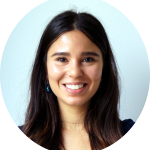
Author
Auteure
Farah studied biochemistry, therapeutics and molecular and biopharmaceutical innovation at Aix-Marseille university and Paris 7 Diderot university.
More about the Long Long Life team
Farah a étudié la biochimie, la thérapeutique et les innovations moléculaires et biopharmaceutiques à l’université d’Aix-Marseille et à l’université Paris 7 Diderot.
En savoir plus sur l’équipe de Long Long Life
Dr Guilhem Velvé Casquillas
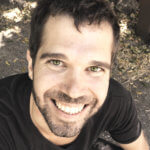
Author/Reviewer
Auteur/Relecteur
Physics PhD, CEO NBIC Valley, CEO Long Long Life, CEO Elvesys Microfluidic Innovation Center
More about the Long Long Life team
Docteur en physique, CEO NBIC Valley, CEO Long Long Life, CEO Elvesys Microfluidic Innovation Center
En savoir plus sur l’équipe de Long Long Life


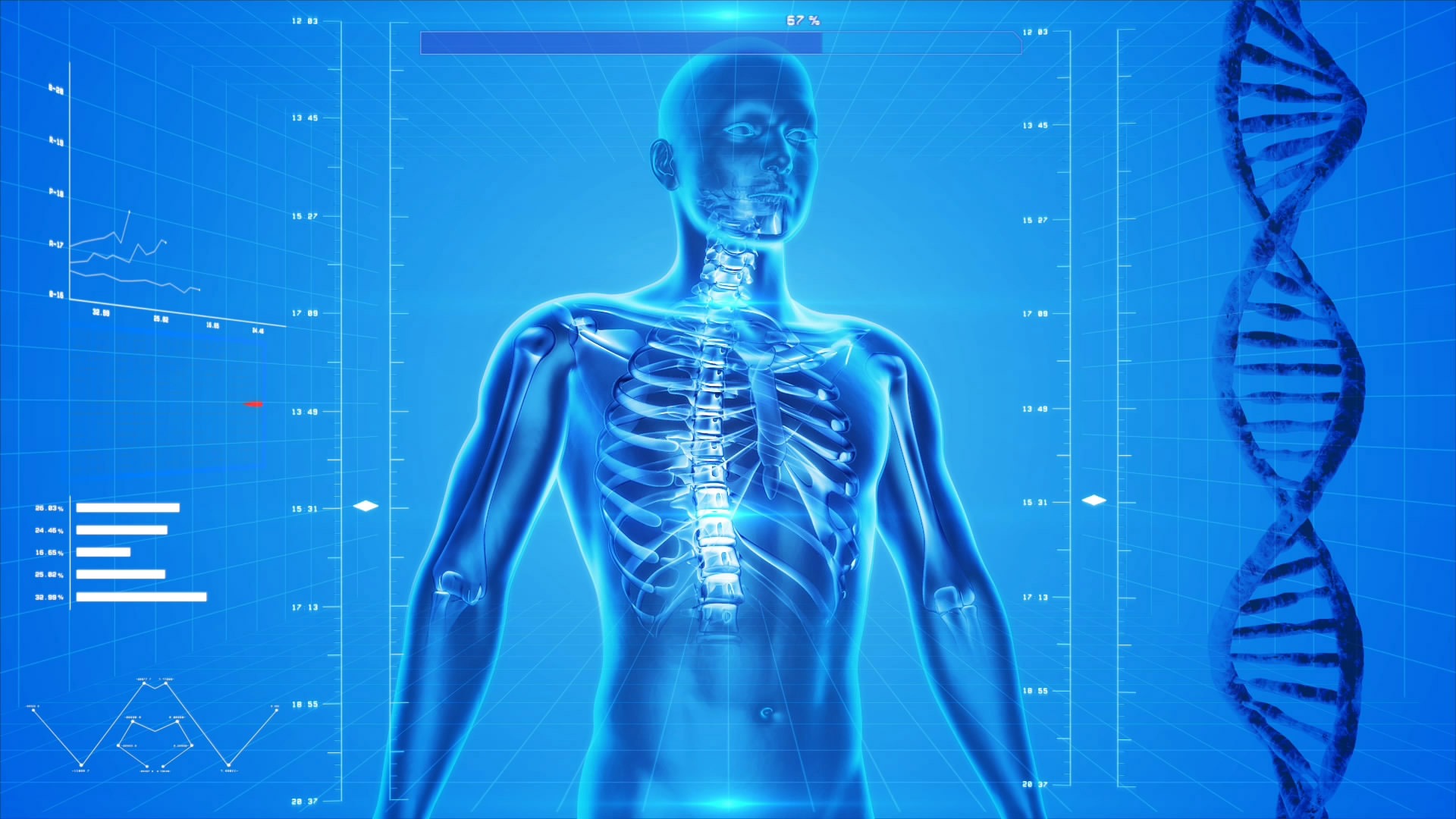
![[Video] Eurosymposium on Healthy Ageing, Brussels, 2018 Eurosymposium on Healthy Aging](http://www.longlonglife.org/wp-content/uploads/2019/07/P1310252-218x150.jpg)




